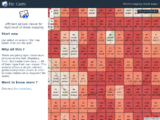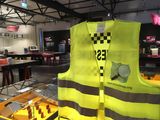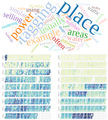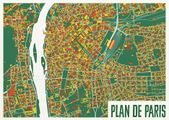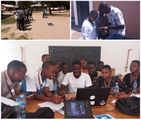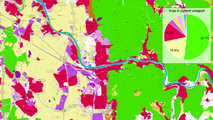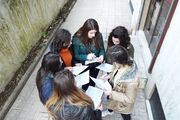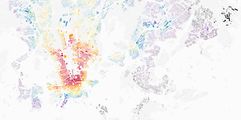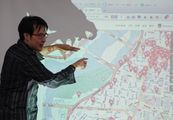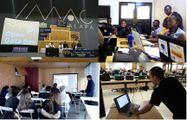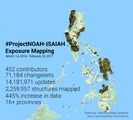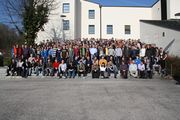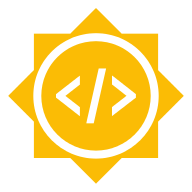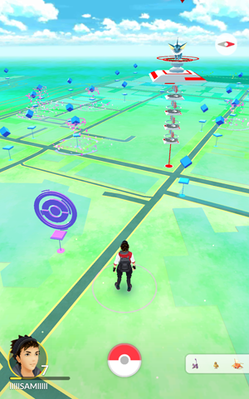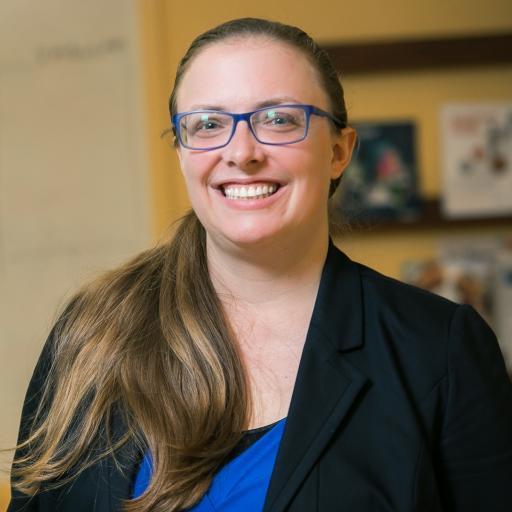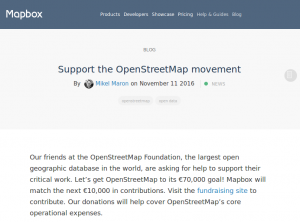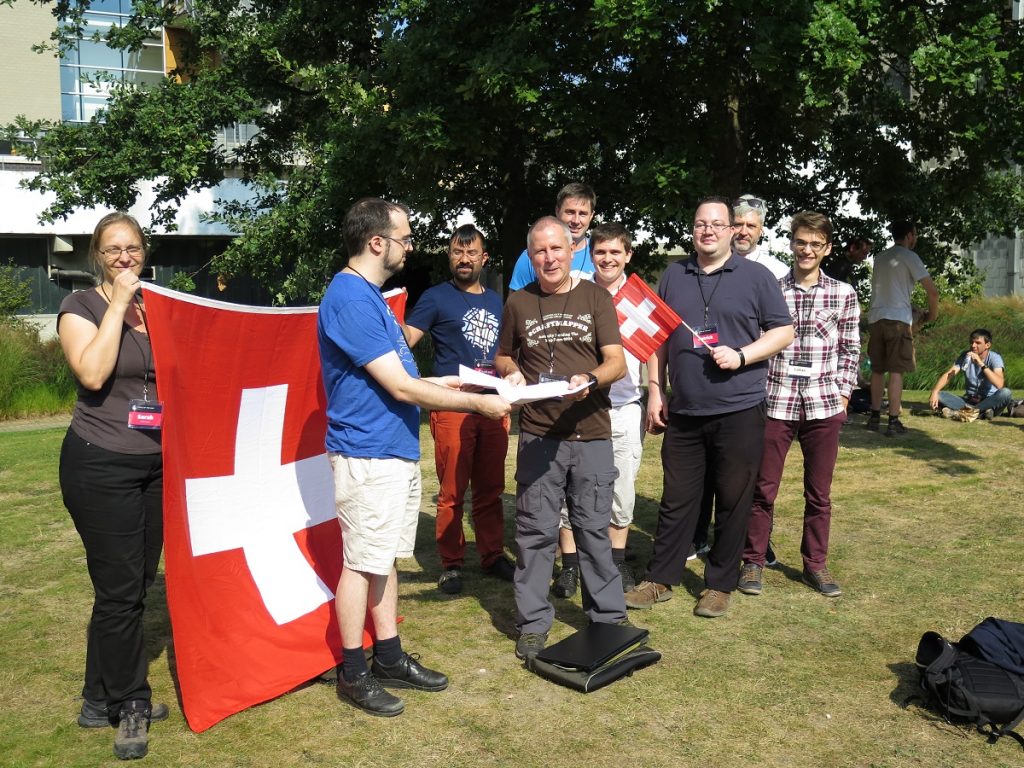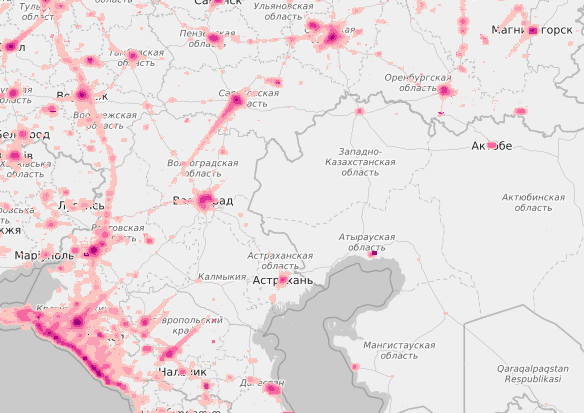
a new year’s firework display hidden in the OpenStreetMap tile viewing data
So yet another year has passed with so many new and exciting things. With a history of more than 12 years we have built a huge community with many success stories, large and small, and we want to share a brief recap of interesting things that happened this year.
The OpenStreetMap Foundation’s board did some small changes that seem to be well received by the community, mainly a significant increase in the board’s transparency; e.g. board meetings are now open to the public and all members are allowed to tune in and even participate in board meetings. Besides that, the Foundation is experimenting with an assistant who was hired to help with a bunch of administrative tasks to support the board and at times the Working Groups. And as mentioned in the manifestos of the two board members that stood for re-election in this year’s board elections, the current board are respectful to each other and are working together very well.
Speaking of the Foundation, there is a new Corporate Membership Program that has been introduced towards the end of 2016. It features different tiers, with fees from €500 per year up to €20,000 per year. The program officially starts in January 2017 and already great interest has been expressed in it with two imminent/upcoming/ gold memberships. Together with the first general successful donation drive that raised €70’000 we’re in good shape for the year 2017 to keep our financial Independence as a community project.
We also need to mention the forming of two new Local Chapters this year. In February the Italian Local Chapter got accepted as officially recognized, and only a few months later the Swiss Local Chapter followed. We’re very happy about the formation of Local Chapters, and we expect there are more to come soon: The German FOSSGIS e.V. is considering applying in 2017.
During the year we participated again in the Google Summer of Code, with six very interesting student projects which were worked on during summer. And if we get accepted, we’re sure to participate in 2017 again.
But not everything was good news this year. The German community -no, the global community- had a huge loss with the death of Malenki. He was known to many of us for his kindness, helpfulness, the many projects he worked on and his very active mapping history. RIP.
The Wochennotiz, the German version of the well known weeklyOSM, had an anniversary this year: It’s 300th issue. And as weeklyOSM is translated in different languages and is always seeking to extend its visibility, we might see new languages added in 2017. Right now the issues are released in 8 different languages.
The UK community has continued with actively pursuing its Quarterly Project to have a special mapping task that the community tries to collaboratively work on for three months. A story of success and perhaps a good example for other local communities for 2017?
With a new head of SotM Working Group and a great and active local team we had a great State of the Map. It was a lot of fun to see so many people from our community joining from all over the world. It was a great success, for the community and also financially. Besides the many great talks we had the OSM-Awards for the first time to honor volunteers in our community in different categories and we expect to see a repeat of these awards at another great State Of The Map conference in Japan in 2017.
But there was more than just our international SotM. There have been many local conferences, too, which allow a wider and local audience to participate. We’ve had a SotM Latam in São Paulo, Brazil, a SotM Asia in Philippines, the FOSSGIS-Conference in Salzburg, Austria, a SotM US in Seattle, Washington, a SotM Cz in Brně, a SotM FR in Clermont-Ferrand and a SotM JP in Tokyo.
Normally the work of our Licensing Working Group is not so publicly visible and this year has been tough as four of the seven members have had babies. So less volunteering time for LWG, but new blood for OSM! Anyway, there still have been two achievements that had a bit of a wider audience. After a long history of drafting, collecting feedback, updating, asking for further comments, updating again, the LWG finally managed to publish the new Collective Database Guideline which was approved by the OSMF board. In a similar matter, the LWG updated the Privacy Policy to fix some longstanding shortcomings of the old version. For example the policy now clearly states what gets logged and how that is used and a detail around how the sharing of data with respect to Gravatar profile pictures works.
Of course there are more Working Groups that do volunteer work. Only this year the new Membership Working Group was formed. This group are administering the membership database, answering to membership queries but is also tasked to increase the OSMF membership. Additionally, there is the Data Working Group and the Operations Working Group who are doing great and extensive work. However, you know those groups are doing good work, if you don’t hear too much of them 🙂 And last but not least there’s the Communications Working Group who are writing blog articles like this one for you.
We want to say a huge Thank you to everyone who participated in one of our Working Groups, in the Foundation or in our project in general. You’re the ones that make our project and our map so great and who made this year a story of success like the years before. Happy new year to everyone, keep up the good work and see you in 2017!
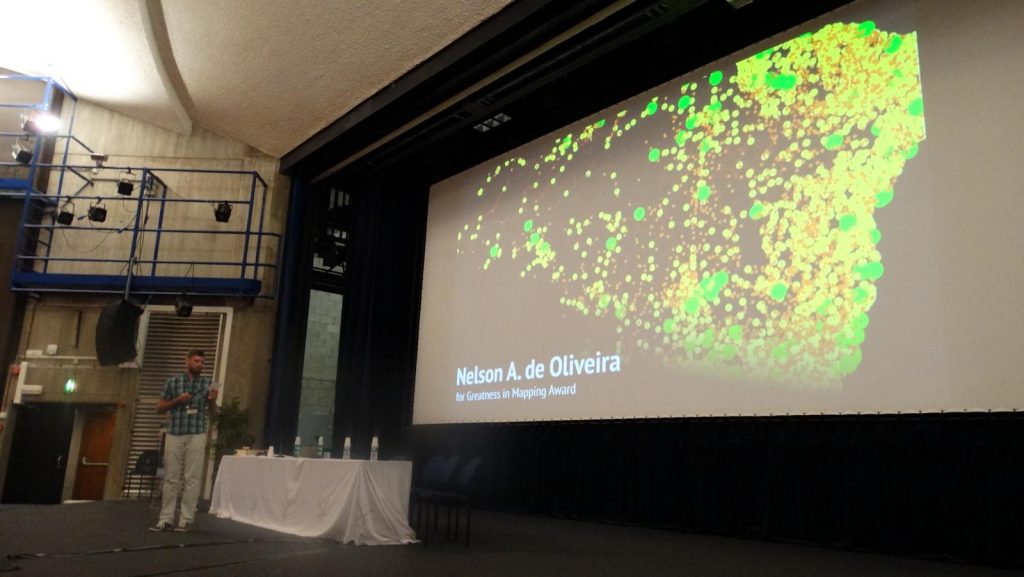 Announcing the second OpenStreetMap Awards, awarded this August at the State of the Map 2017 conference in Japan!
Announcing the second OpenStreetMap Awards, awarded this August at the State of the Map 2017 conference in Japan!
